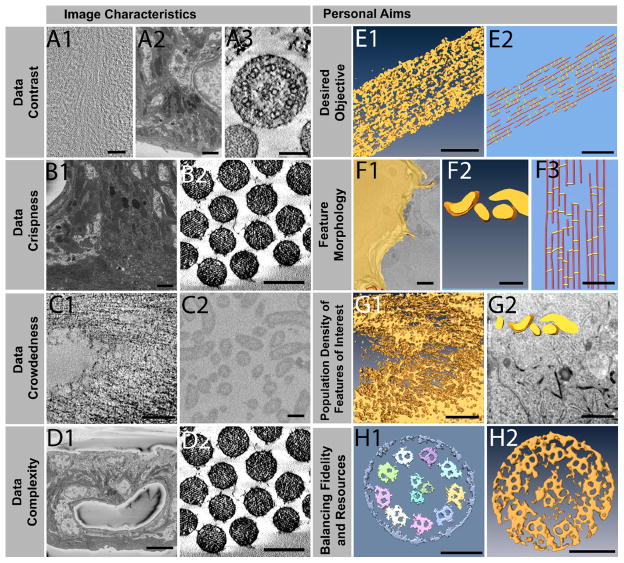Figure 4. Objective and subjective characteristics and criteria for triaging of data sets.
Using examples of data sets characteristics, criteria are proposed to inform a decision on which segmentation approach to use. With respect to objective characteristics, data can have contrast that is low, medium, or high (A1–A3), be fuzzy or crisp (B1–B2), spaced out or crowded (C1–C2), and have complex or simply organized features (D1–D2). Subjective characteristics include the desired objective targeting a simplified model or extracting the exact densities (E1–E2), convoluted sheet, convoluted volume, or linear morphology of the feature of interest (F1–F3), high or low population density of the feature of interest (G1–G2), and the trade-off between high-fidelity and high-resource-allocation for a diminishing return on investments such as time (H1–H2). Scale Bars: A1= 50 nm, A2 = 1500 nm, A3 = 100 nm, B1 = 1500 nm, B2 = 200 nm, C1 = 100 nm, C2 = 200 nm, D1 = 10 μm, D2 = 200 nm, E1 = 100 nm, E2 = 50 nm, F1–F2 = 500 nm, F3 = 50 nm, G1 = 100 nm, G2 = 1 μm, H1–H2 = 100 nm.

